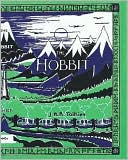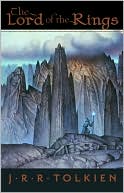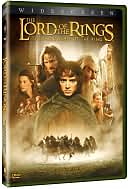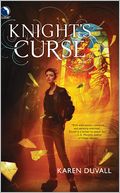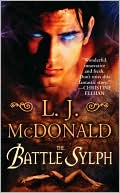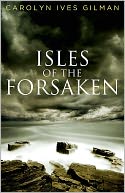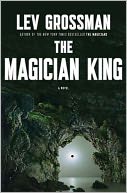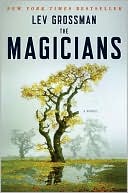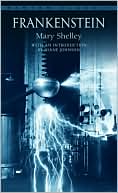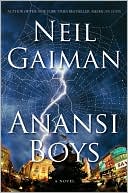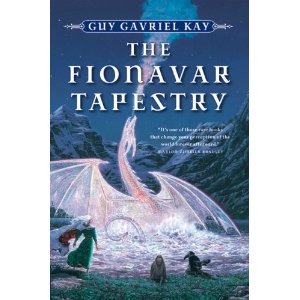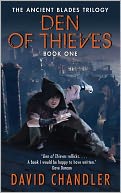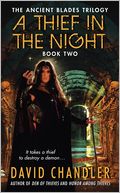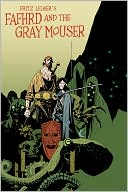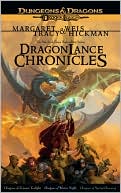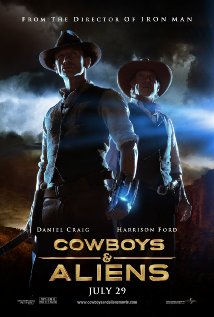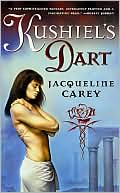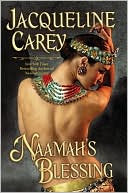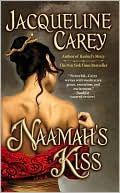L.J. McDonald’s Queen of the Sylphs is her latest book set in the same world that she began in The Battle Sylph .
.
As the story begins, Solie has settled in as Queen of Sylph Valley. She has also grown into her new duties and responsibilities. She may sometimes mourn the days when she was a carefree girl who could afford to have simple friendships, but she is confident in the role that she has taken on, and she has every right to be.
The surrounding kingdoms are threatened by Sylph Valley. Their unorthodox treatment of their sylphs, allowing them to talk, to assume human form, to be educated and to have an equal say in the way the Valley is governed, threatened the belief systems of every country that surrounds them. The battle sylphs protect all the woman in the Valley from every perceived threat, making Sylph Valley women the equals of men as they are nowhere else. Their more conservative neighbors are appalled. Sylph Valley women are called trash, whores, and sluts, but not within the confines of the Valley.
But Solie is Queen because all the Sylphs in the Valley are bound directly to her, and they will all protect her. Which means that she is the target of repeated assassination attempts by neighboring kingdoms. Especially from the Kingdom of Eferem, the land she escaped from in The Battle Sylph.
In Queen of the Sylphs, it is not just external threats that Solie has to fear. There is an internal threat as well, but one that is deeply entrenched within the Valley. Battlers can sense the emotions of those around them, but only when there actually are emotions to sense. A person who feels nothing, but commits terrible crimes anyway, in other words, a sociopath, is undetectable. A female sociopath presents a tremendous threat, because battlers are conditioned to protect females at all costs.
I didn’t enjoy Queen of the Sylphs as much as I did The Battle Sylph. The newness of the world has worn off, so I was expecting more growth from more of the characters, or a story with new twists and turns, preferably both. Solie is the one character who keeps moving forward, but the other characters are increasingly stock characters, particularly the villains. King Alcor is the distant big, bad, sending assassins to do his dirty work for him. The closer evil was the standard beautiful and manipulative witch. And, as a bonus added attraction, since she had no emotions, there wasn’t any way to get into her head to understand why she was committing her evil acts. I didn’t want to sympathize, but I did need to get the point, or at least, her point. I know she wanted to take over the Valley and get power. But why?
There is a secondary story, that of a healer sylph on the other side of the portal. This sylph is on her way to morphing into a sylph queen, but wants to remain a healer. She has a battler who has been exiled from the hive who wants her to become a queen and form her own hive, in the hopes that he will be her consort. It was an interesting idea for the author to try to show the other side from the sylph’s point of view before they cross over, but it is difficult to tell a story with characters who don’t have names.
Overall, this was an okay read. But I stayed up late to finish The Battle Sylph. I didn’t stay up to finish Queen. I went to sleep and waited until the next afternoon. Escape Rating C.


